Please see Part I and Part II .
Damage to the Tibetan Culture and Religion
The ancient Tibetan buildings are part of Tibetan culture, and have inestimable values in architecture, history, culture, and aesthetics. In the past, there were over 500 ancient buildings around Barkhor Street in Lhasa. But only 93 remained when I visited in 1997, the majority of them were demolished by the communist regime.
Tibetan Buddhism is the spirit of Tibet, and the biggest offence to Tibetans is to insult this spirit. Although the Chinese constitution stipulates the freedom of religious belief, this “freedom” does not exist in Tibet, and many obstructions are set to keep people away from their belief.The current regulation forbids anyone under 18 years of age to become a monk. However, in the past, there was no age limit. In Tibet, temples are also schools, and many extraordinary Tibetan scholars, such as Gedun Chosphel, were educated in temples.
In the temples, one can be taught architecture, linguistics, literature, etc. Tibetan Buddhism is not just the essence of mankind’s spirituality; it also has close ties with science. In some aspects, it is even more advanced than current science. This contributes to the reason why many scientists generate interest in Tibetan Buddhism.
Unfortunately, the Chinese people under the communist regime do not bother to grasp a deeper understand of Tibetan culture. They hold groundless views on age regulations for temples, claiming that one would become ignorant and incompetent if entering the temple at a young age.
The regime also casts restrictions on what can be taught in the temples. Every temple has a work team from the regime. They turn the monk’s study time to communist patriotism education, with every monk needing to pass with a red certificate. Upon visiting one temple, a monk showed me his certificate.
Without such a certificate, the monk would be kicked out of the temple. Very often, the most disciplined monks were kicked out because they put their belief above the so called “patriotism education.”
What has happened in the temples now is communist politics under a religious coat, and is completely against the spirit of Buddhism.
The regime has also changed the religious system. Many systems in the temple that have been passed down for many generations have been abolished. Take the Geshe exam, for example. Geshe is the highest position in the temple, equivalent to PhD. The System of Debating Buddhist Scriptures has not been abolished, but has been changed completely.
In the past, monks would annually go to a valley close to Lhasa to hold their Buddhist Scriptures Debate forum. Now the number of monks permitted to participated is restricted, and often the forum is cancelled for no reason.
Religious festivals are the most illustrious and colorful part of Tibetan culture, but many of them have been completely eradicated now, like the Tibetan Calendar celebrations, considered to be the most important of the Tibetan festivals.
Another is the Lamp Festival, where Tibetans light butter lamps to commemorate the death of Master Zongkaba, a tradition upheld for the past several hundreds years. Although this festival has not been banned, when I was there, I saw many police, and plain clothed police present. Also, people who worked in the government were absolutely banned to participate in this activity.
Besides this, many other religious activities, such as the Treasure Bottle Mountain Worship, and Pine Branch Burning Heaven Worship, are also restricted.
Who Brings Moral Degeneration into Tibet?
Currently, Tibet is full of prostitutes; hairdressers on the streets of Lhasa are mostly brothels. One often spots seductively dressed females from the neighboring Sichuan province, wandering on the streets of Lhasa. They seduce men on the street and even make attempts on passing by monks.
According to one dermatologist at the People’s Hospital in Lhasa, before 1978, there was no single case of a sexually transmitted disease among the 11,081 people being surveyed. But in 2002, there were over 10 cases daily, and the diseases showed many variations.Brief Biography of Writer Zhu Rui
Ms Zhu Rui is a Han writer. She has published several novels, poems, and essays, with most of her works related to Tibet. After the Lhasa Massacre happened in March 2008, Ms Zhu published many articles on the Internet, including, Why Tibetans Want to Protest, Write to Some Chinese, A Letter to His Holiness the Dalai Lama, Hope the One in Power Doesn’t Miss This Opportunity, Hope of Tibet, and Interview with Buddhist Monk Arjia Rinpoche.
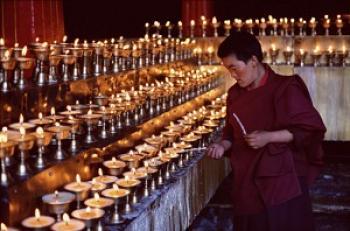
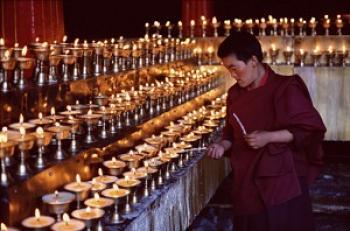
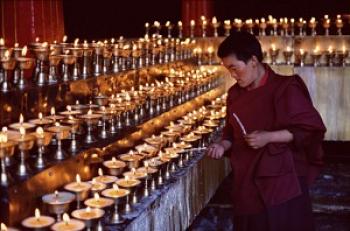
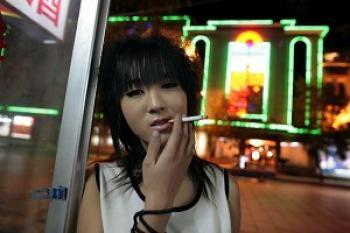
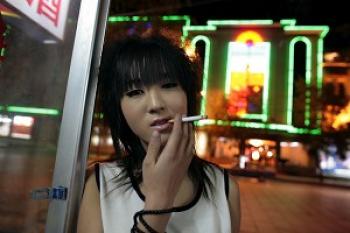
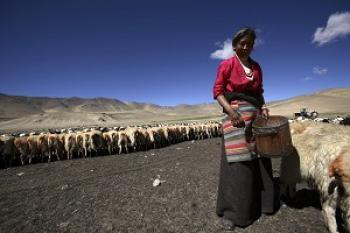
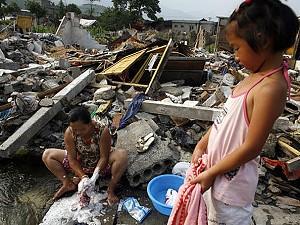
Friends Read Free